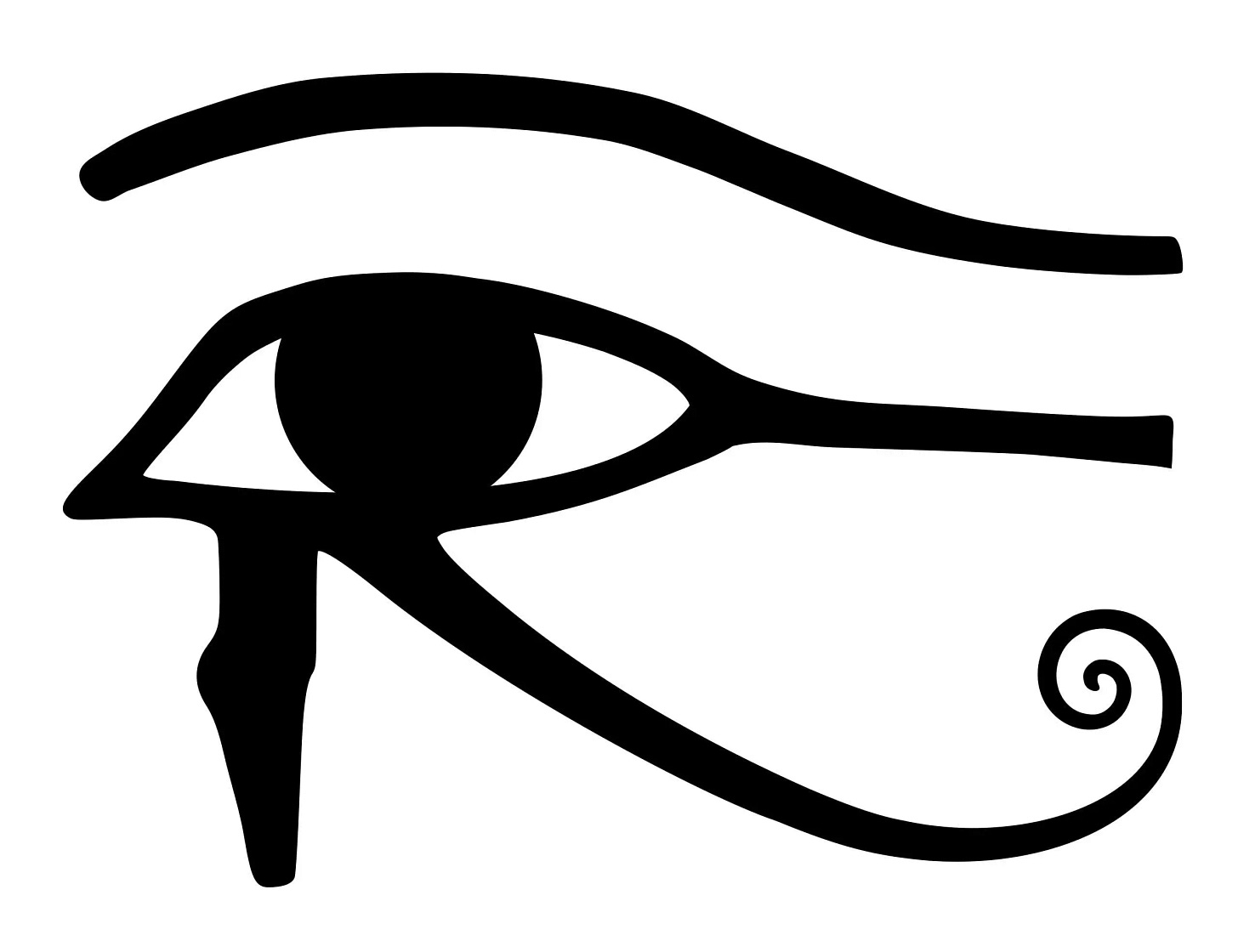Sight is the primary sense for humans.
If I am in my house and I smell smoke or hear something shatter, I will quickly search my house for an image of fire or broken glass.
That’s an odd way to say that, I know. You might be thinking:
You’re not looking for ‘images,’ you’re looking for the fire or the broken glass.
But that’s exactly the point. We feel strongly, unquestioningly and with good reason that the images revealed by sight are what they represent. That by seeing, we receive a very direct knowledge of what we observe.
This is, again, a very well-founded intuition. But it’s useful to step outside of it for a moment and examine it.
There are of course times when we see a thing first, then feel, smell, taste or listen to it. This, however, is a kind of exploratory mode. It accesses a kind of knowledge that is fuller and more intimate but also murkier and less direct.
To those who would contend with that characterization, first close your eyes, keep them closed, and fetch a glass of water. Maybe cook up some eggs and bacon and fix yourself a side of fruit while you’re at it.
You’ll grope in the dark, stumble drunkenly and move with animal imprecision.
Darkness, drunkenness, animality and imprecision are all symbols of the unconscious, while the eye is a perennial symbol of consciousness.
This is because sight “contains” the other senses. We can match the sounds of a guitar to a visual of the guitarist, a savory scent to vapor wafting off a steak. We can feel and see a strawberry in our hand before we bite down and taste it.
Sight is a crowned “fifth” which unites the four under its authority and guidance. It imposes initial meanings, which the rest of the senses “flesh out.” The world of the eye or “visual world” is a self-inclusive miniature or microcosm of the whole sensory world in all of its manifold complexity.
Of course this microcosm loses some detail. It is an imperfect miniature, as there are often things heard, felt, smelled or tasted, but not seen. However, almost everything heard, felt, smelled or tasted can be seen if one knows how and where to look.
And so the sensory world at large necessarily encompasses and contains the “visual world” to support it and extend its scope. Meanwhile, this visual world is an image or map of both itself and everything outside of itself.
However, there is another kind of eye crucially involved in “making sense” of the senses without which, the sensory world is meaningless. This is the so-called “mind’s eye” or imagination.
There was a time, I’m sure you remember, when you were not able to read. When letters were unintelligible glyphs, which by some arcane power, spoke secrets to those older and wiser than you.
Even perfect visual acuity would not have granted you the ability to intercept these transmissions. That comes only through initiation; by teaching the inner eye, not the outer, to divine meanings from letters and words.
Likewise, though it is less likely you remember, there was a time when you could not “read” spoken language either. Even a time when you did not know what a cup, fork, car, dog or house were. A time of phenomenological illiteracy.
This “inner eye” superimposes or maps the structures of the mind onto the sensory world and in so doing, transmutes patterns of signals into “things.”
It does this by constructing internal models or representative images of “things,” then matching sensory patterns to those models. This is why it is called the “imagination.” It is a treasury of transcendental images.
In other words, the mind’s eye is, as it were, nested “inside” of the physical eye. The imagination has the same relationship with its exterior that the visual world has with its exterior. So we look through mental images at optical images, and through the optical images at the physical world. This, however, is invisible to us until something goes wrong.
We never really stop “dreaming.” When we are awake, we are mapping the dream world onto the waking world. When these are aligned, we call that perception. When they are disjunct, we call what happens projection, hallucination, fantasy or, if we are asleep: dreaming.
These are pragmatically but not mechanically different, like the difference between hits and misses. In either case, you hurl a projectile and it hits something. The framing which creates positive “targets” and negative “non-targets” which defines the accuracy of the project-ile is artificially imposed upon the facts.







